
A tour of the Gowanus buildings being considered for landmarking
Eye on Real Estate: Make your voice heard at a Sept. 24 landmarking hearing.
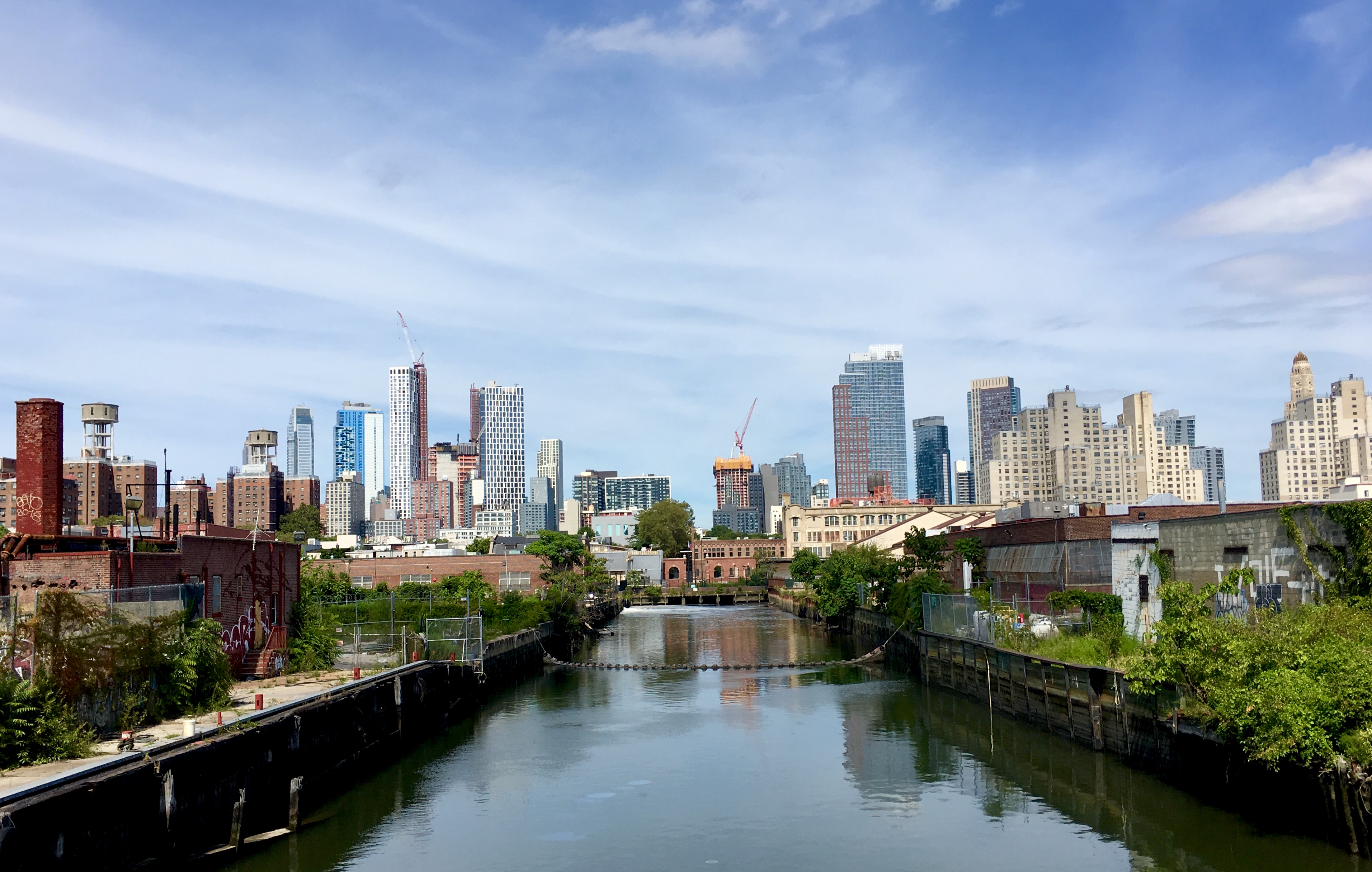
If you think historic buildings that are living reminders of the Gowanus Canal’s industrial past should be preserved and honored, here’s your chance to make your voice heard.
The Landmarks Preservation Commission is holding a hearing on Sept. 24 about designating five buildings near the toxic but trendy waterway as individual city landmarks. As long as you mention at least one of these five buildings, you are free to speak about other historic Gowanus properties you believe should be designated, too.
The Gowanus Landmarking Coalition campaigned long and hard to try to get more than a dozen neighborhood buildings onto the LPC’s designation calendar. If you support those efforts, the moment has come to let the preservation agency know.
The hearings will be held in the morning at the commission’s headquarters at 1 Centre St. in lower Manhattan. Check the agency’s website for what time you need to be there.
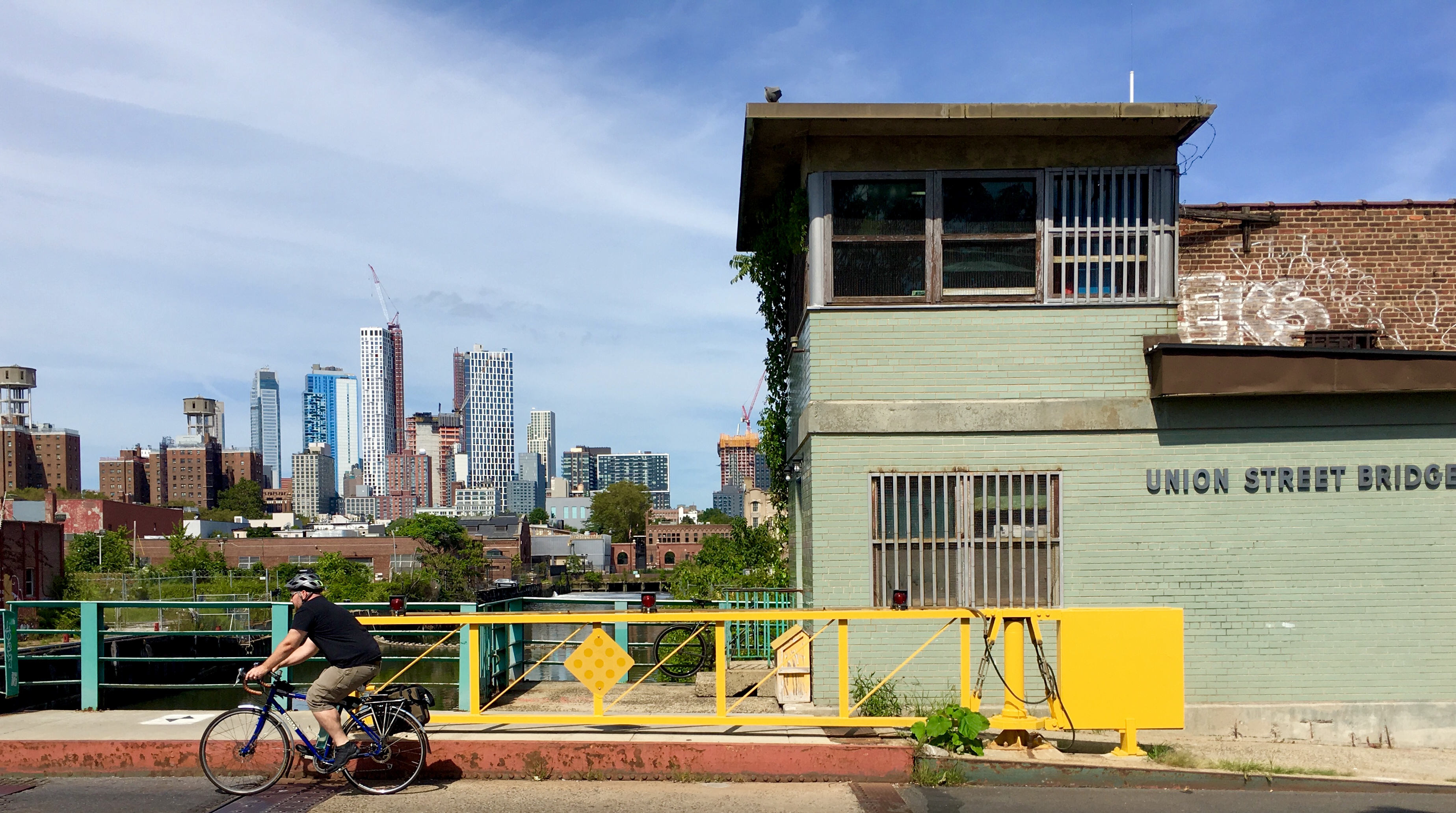
You get just three minutes to speak. So plan your testimony carefully and run the timer on your phone when you practice reading it out loud. Also, bring a typed copy of your testimony to give the commission’s staffers.
If you can’t attend the hearings, the email address for submitting written testimony can be found on the agency’s website.
No matter how well you know Gowanus and its historic buildings, it would be a good idea to take a stroll around the neighborhood before the hearings. This of course is also an excuse to have dinner at Dinosaur Bar-B-Que or Littleneck and eat pie at Four and Twenty Blackbirds.
An excellent place to start is the Union Street Bridge, which is just a couple blocks away from the Union Street R train station.
The low-rise building at the edge of the span is the Union Street Bridge Control Tower. It’s made of glazed bricks and was built in the mid-20th century. The Gowanus coalition wants it to be designated as a city landmark. But it was not put onto the calendar for consideration.
Left off the landmarking list
Earlier this year, LPC staffers told preservationists they’d be open to naming two or three more Gowanus buildings as designation candidates. If the Control Tower is one of your favorite choices, you should say so on Sept. 24.
As for the bridge, it opened in 1905 and is a “double-leaf rolling lift bascule” designed by an engineer named William Donald Scherzer.
Down the block from the Union Street Bridge Control House, there’s an industrial building called the National Packing Box Factory that now houses artists’ studios. The Gowanus Landmarking Coalition thinks this property on the corner of Union and Nevins streets should be considered for designation.
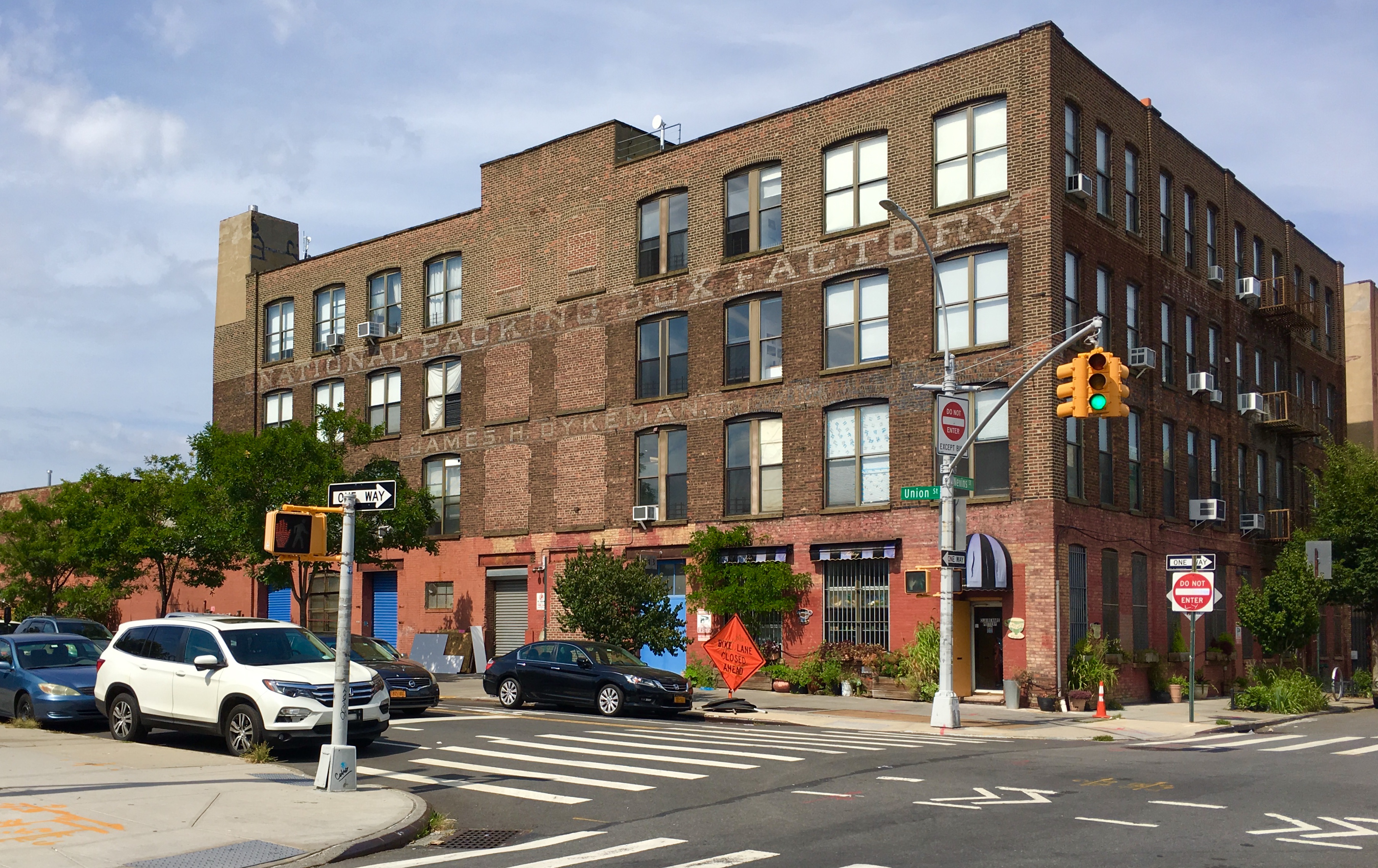
A box-factory owner named James Dyckeman constructed the building around 1910 and architect Robert Dixon designed it, a posting by the Historic Districts Council says. Again, if you’re a fan of this building — or the nearby Green Building at 452 Union St. — you should say so at the Sept. 24 hearings.
One good route to take on this stroll is to turn right onto Bond Street and pass a beloved building that’s covered with a mural by graffiti artist LilKool. Its address is 287 Bond St.
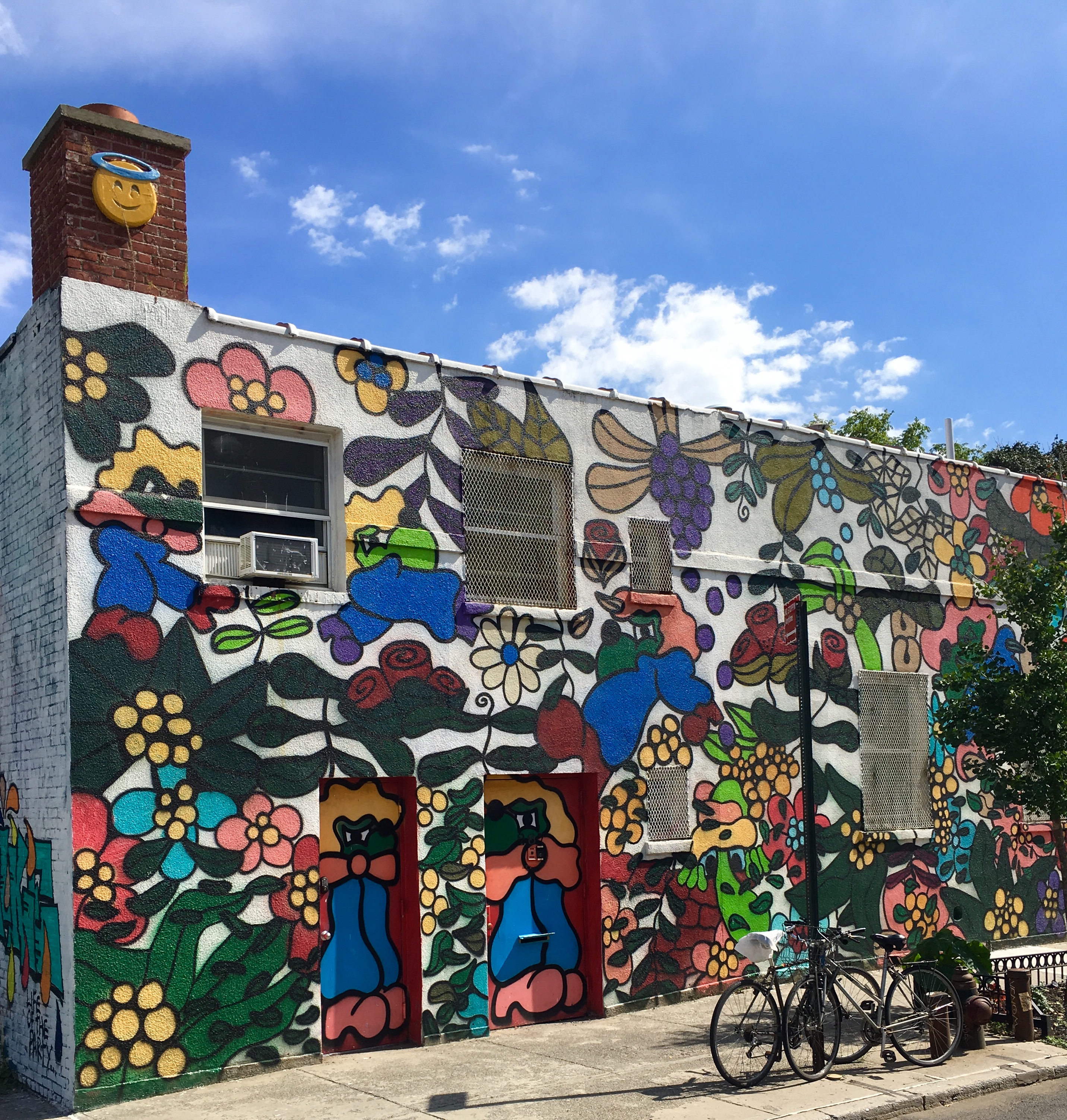
If you turn onto Degraw Street and walk to the banks of the Gowanus Canal, you will get an idea of the staggering pollution that makes this waterway a federal Superfund cleanup site. The day I was there, large objects were sticking out of the slimy opposite shore, including two shopping carts, a baby carriage and a chair.
The water smelled bad that day, too. It does, sometimes. The toxins in the 1.8-mile canal could give you dysentery or arsenic poisoning if you drank the water, Popular Science reported in 2013.
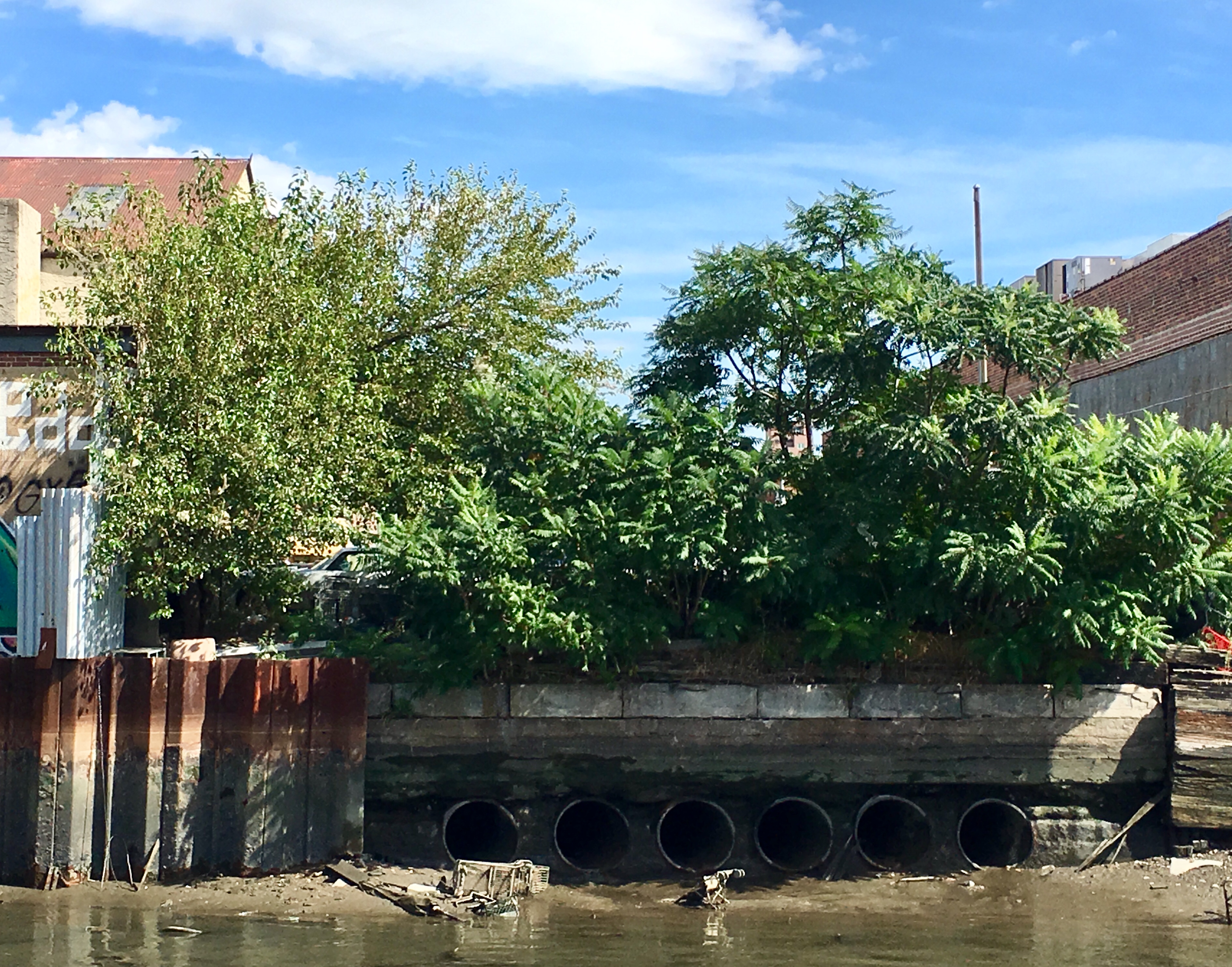
One pumping station is calendared; one is doomed
After that, loop back onto Bond Street and turn down Douglass Street. Where the street dead-ends at the canal, you will find the Gowanus Canal Flushing Tunnel Pumping Station and Gate House at 201 Douglass St. It is one of the five candidates for landmark designation.
Edwin J. Fort, who was the Brooklyn Bureau of Sewers’ chief engineer, designed the Colonial Revival-style pumping station, which has a few Secessionist-style architectural details thrown in for good measure, a report by Landmarks Preservation Commission researchers says.

The red brick pumping station’s construction was completed in 1911. It is currently in operation, drawing more than 250 million gallons per day of Upper New York Bay water into the Gowanus Canal.
The property also has a Butler Street address, but a high wall on that street obscures this landmarking candidate from public view.
Speaking of Butler Street, you should go there by backtracking onto Bond Street once again. There’s a building at 234 Butler St. called the Gowanus Station that preservationists asked to have landmarked in 2017. They got turned down.
It, too, was constructed a century ago to pump the waters of the Gowanus Canal. Take a good look at this handsome Beaux-Arts building. It’s going to be torn down.
A new sewage facility will be constructed in its place. City Finance Department records show the City of New York used eminent domain to take possession of it and two other properties in September 2018.
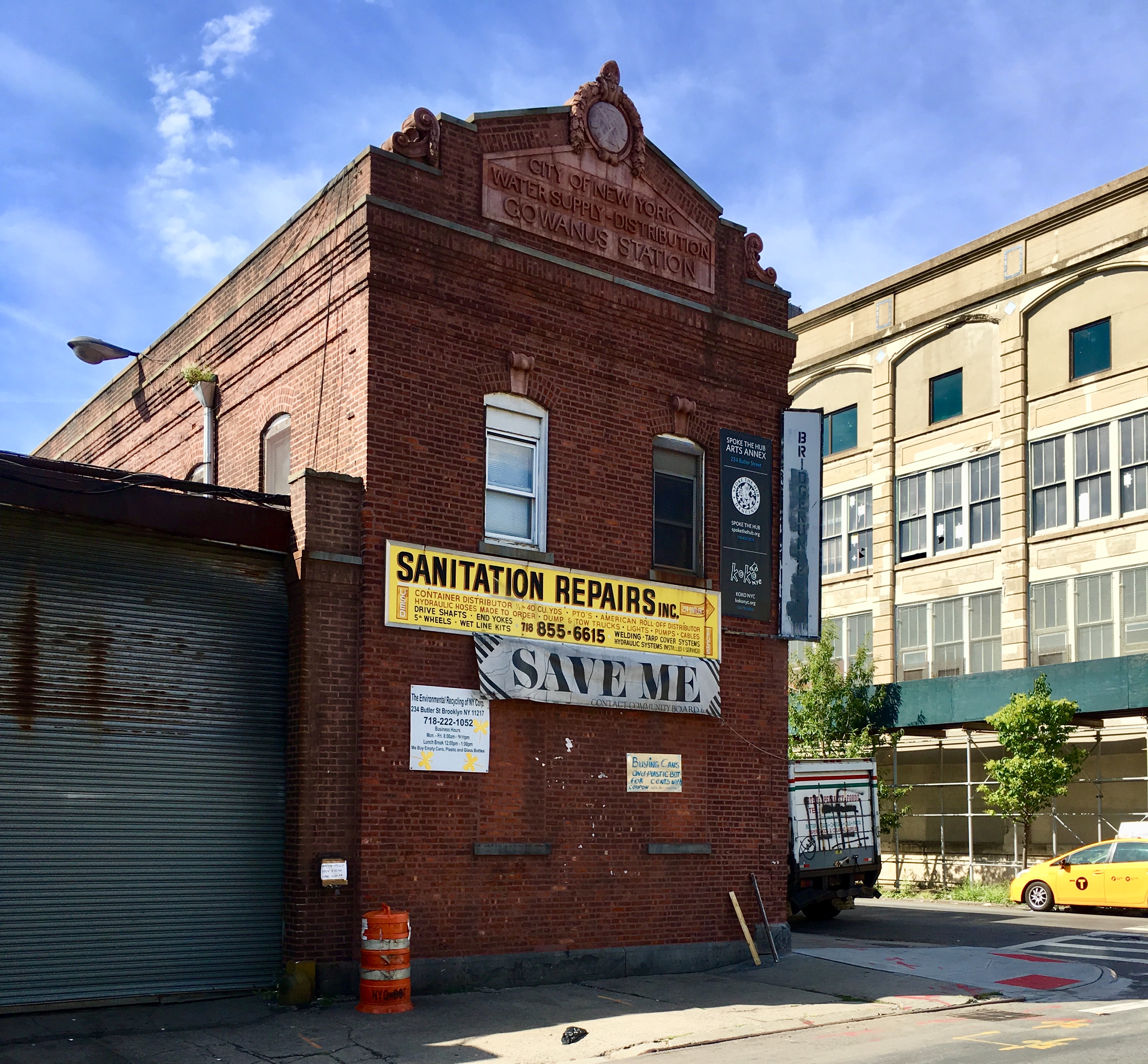
The U.S. Environmental Protection Agency agreed that after demolishing the building, the Pumping Station’s Nevins Street facade and 25 to 30 feet of its Butler Street facade will “to the extent practicable” be incorporated into the new sewage facility, the EPA announced in February.
The ASPCA and R.G. Dun buildings
If you need a drink after looking at the doomed Pumping Station, a record store that’s also a bar and vegan cafe and a place to listen to a DJ spin tunes is located on the opposite side of the street.
Public Records, which my colleague Scott Enman wrote about before it opened earlier this year, is inside 233 Butler St., which is a landmark designation candidate.
The American Society for the Prevention of Cruelty to Animals constructed this building as its Brooklyn “dog and cat shelter” in 1913 and expanded it in 1922 to serve as its borough headquarters and “ambulance house,” a report by LPC researchers says. Architecture firm Renwick, Aspinwall & Tucker designed the Neo-Romanesque building.
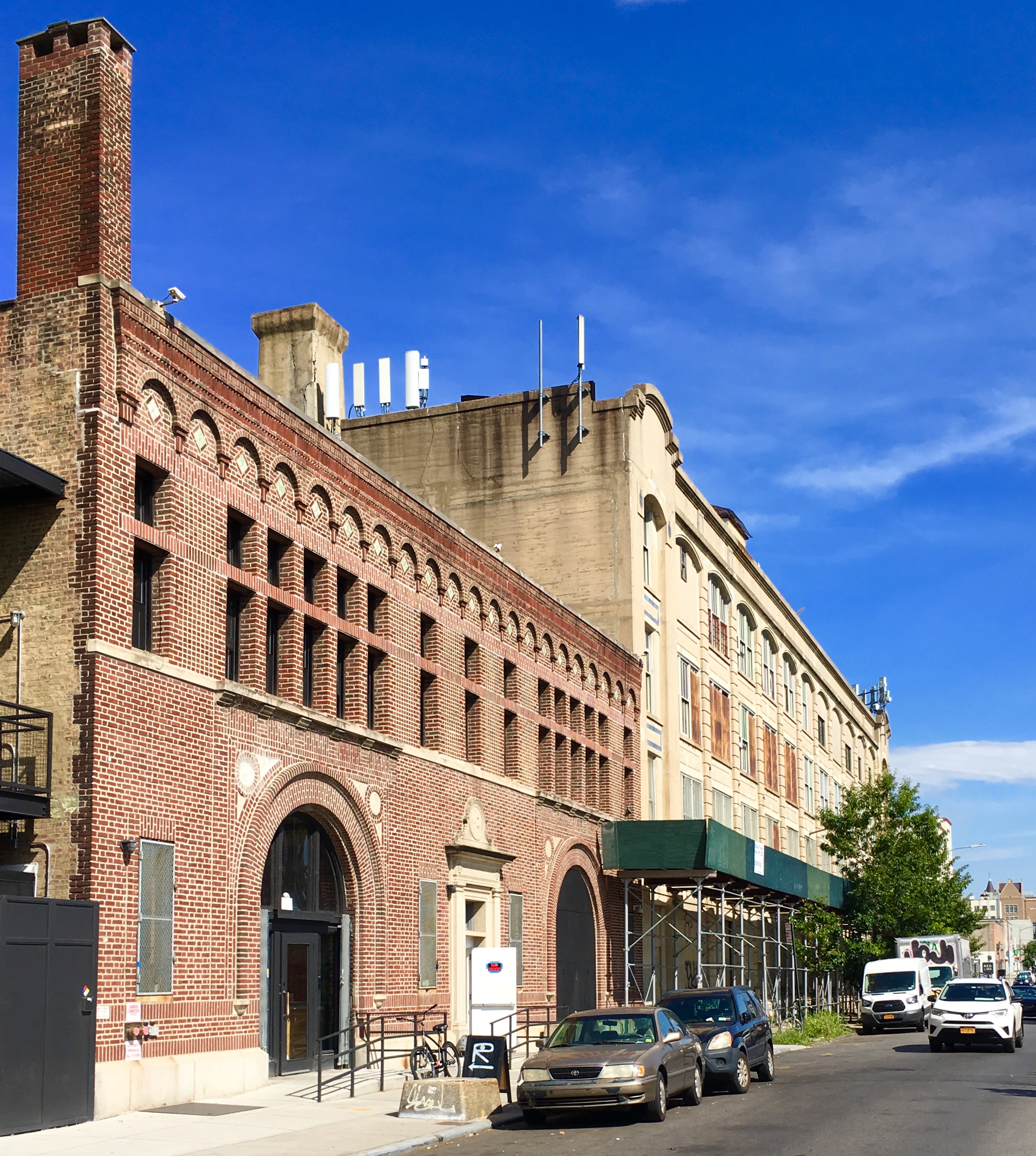
In 1902, the ASPCA started operating motorized ambulances for rescuing injured horses, an online newsletter from the organization says.
Next door to the ASPCA, a building that credit reporting service R.G. Dun & Company constructed a century ago at 239-257 Butler St. is considered designation-worthy by the Gowanus Landmarking Coalition. If you’re a fan of it, you should say so at the Sept. 24 LPC hearings.
The reinforced concrete building served as R.G. Dun’s printing plant, a story by Brownstoner’s architectural history expert Suzanne Spellen says.
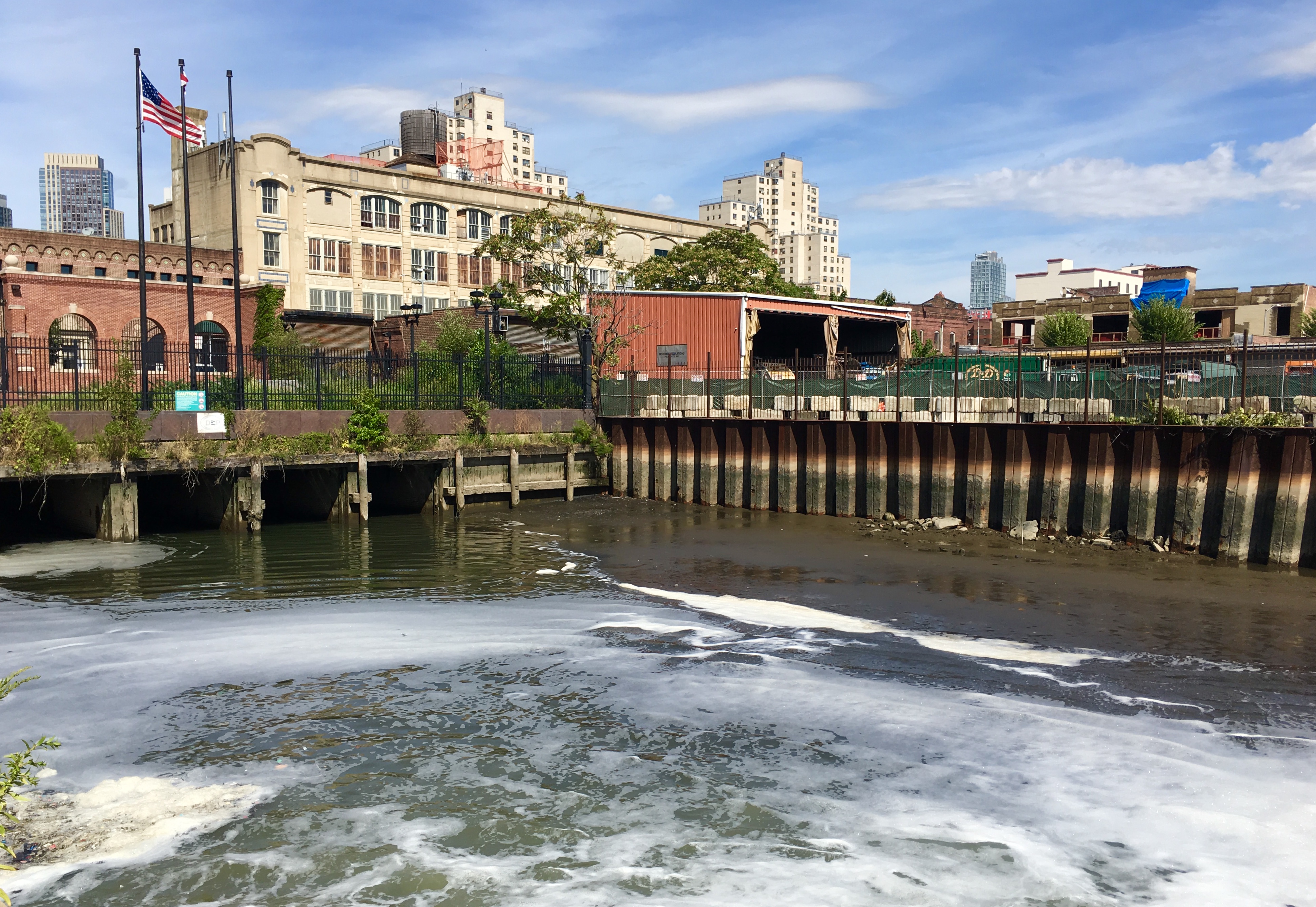
A wooden bridge, Whole Foods and artists
For a change of scenery, walk down Nevins Street instead of Bond Street and head for the Carroll Street Bridge. The bridge was designated as a city landmark in 1987.
It’s the only vehicular bridge in all five boroughs that is made of wood planks. It’s a “retractile” bridge, which means it rolls horizontally on wheels that are on steel tracks.
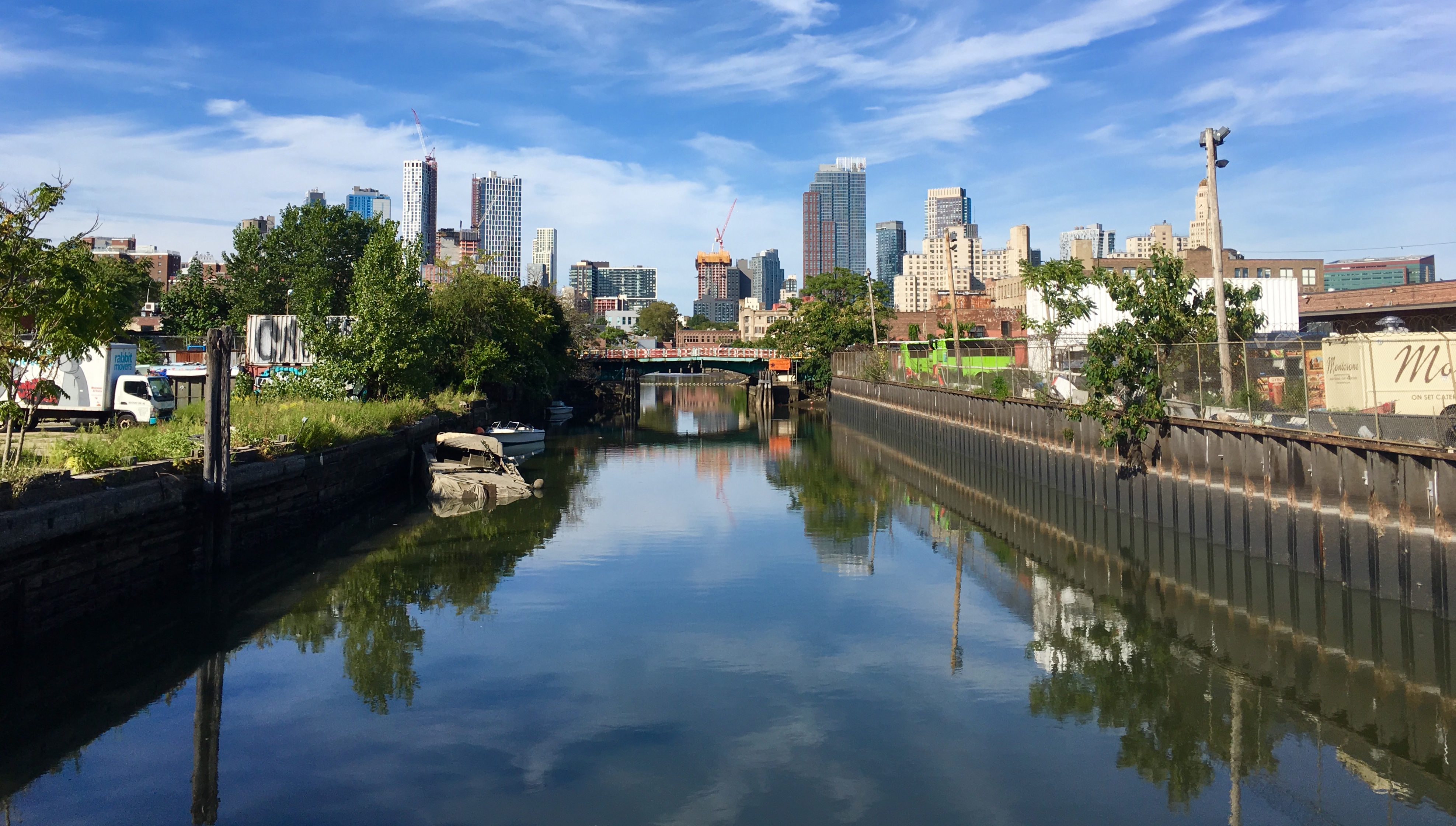
It was constructed in 1888 and 1889.
After you stand on the bridge for a bit and get a good look at the filthy canal water and the stellar view of Downtown Brooklyn, head to Third Avenue and walk towards 3rd Street.
This corner has the distinction of having the landmarked Coignet Building, which is for sale, plus a huge Whole Foods on one side of the street, and the Old American Can Factory, which is a candidate for landmark designation, on the other.
The former can factory at 232 3rd St. is filled with artists’ studios. Several years ago, I was lucky enough to be invited to meet several of the artists there. It was an inspiring visit.

Daniel McLean Somers was the architect of the American Round Arch-style building, which he and his family constructed in 1884, LPC researchers wrote in a report.
It was originally the Somers Brothers Tinware Factory — which the American Can Company bought in 1901.
Before we leave this corner, I want to say something about the Whole Foods Market. Its December 2013 opening was a significant milestone in the gentrification of Gowanus.
Don’t email me long messages about the price cuts Whole Foods has made to its product lineup to fight its reputation as the Whole Paycheck grocery store. I know all about them.
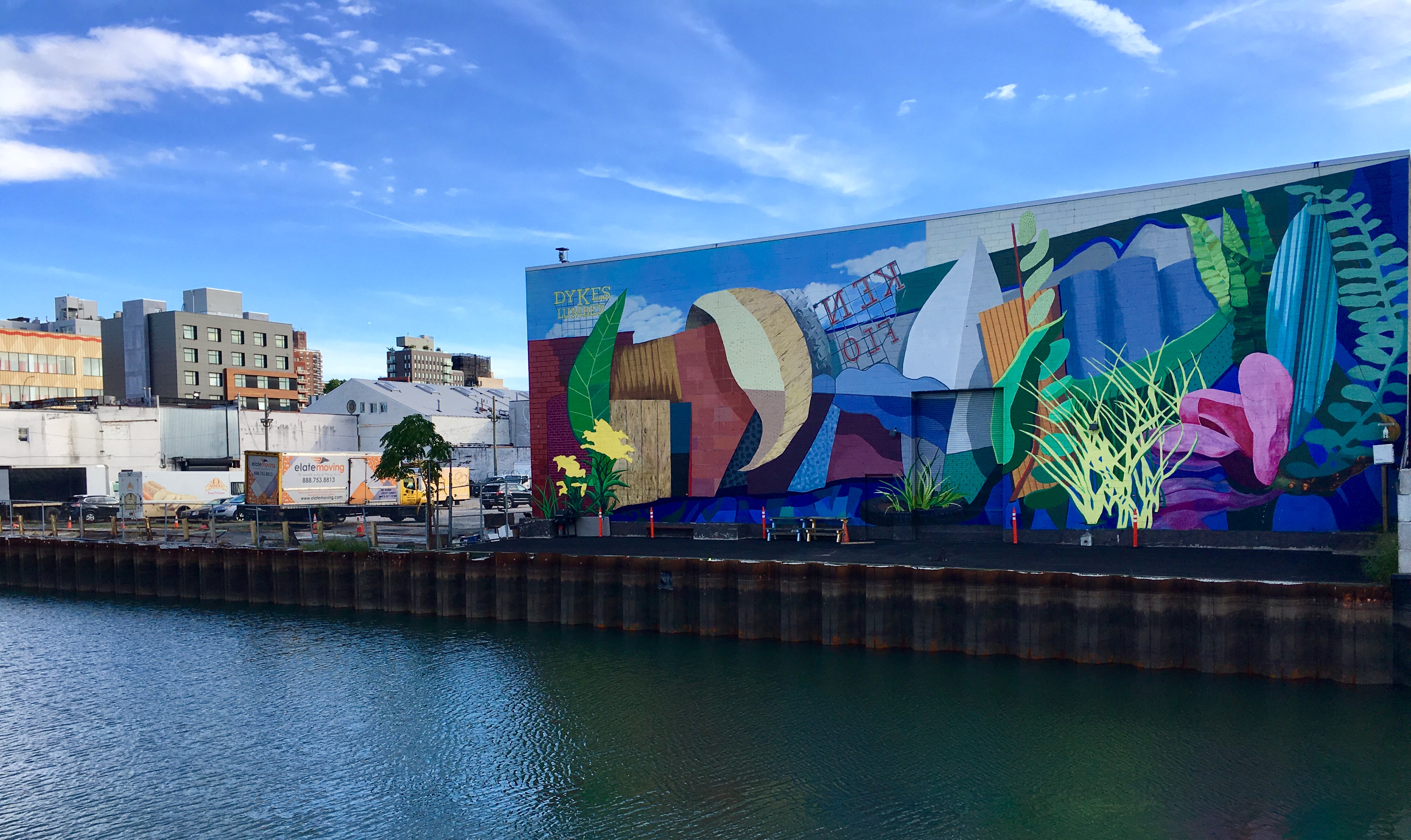
My point is that the environmentally conscious supermarket with a bar on its rooftop, which was constructed on a polluted Brownfields site, is an upscale piece of real estate that brought a big change to the neighborhood.
A dead-end view of the Batcave
I didn’t go inside Whole Foods on my stroll. When I’m in there I compulsively take pictures of all the photogenic food. I would have stayed past sunset and missed the chance to visit a must-see Gowanus spot.
You get to that spot by walking down Third Avenue, turning right on Sixth Street and then turning right again on Second Avenue.
The avenue dead-ends at the edge of the Gowanus Canal. Through a clump of weeds, there’s a stellar view.
To the left, there’s a ghostly white and gray industrial complex that casts its reflection in the canal. Yes, the waters are very, very toxic, but it’s a poetic sight nevertheless.
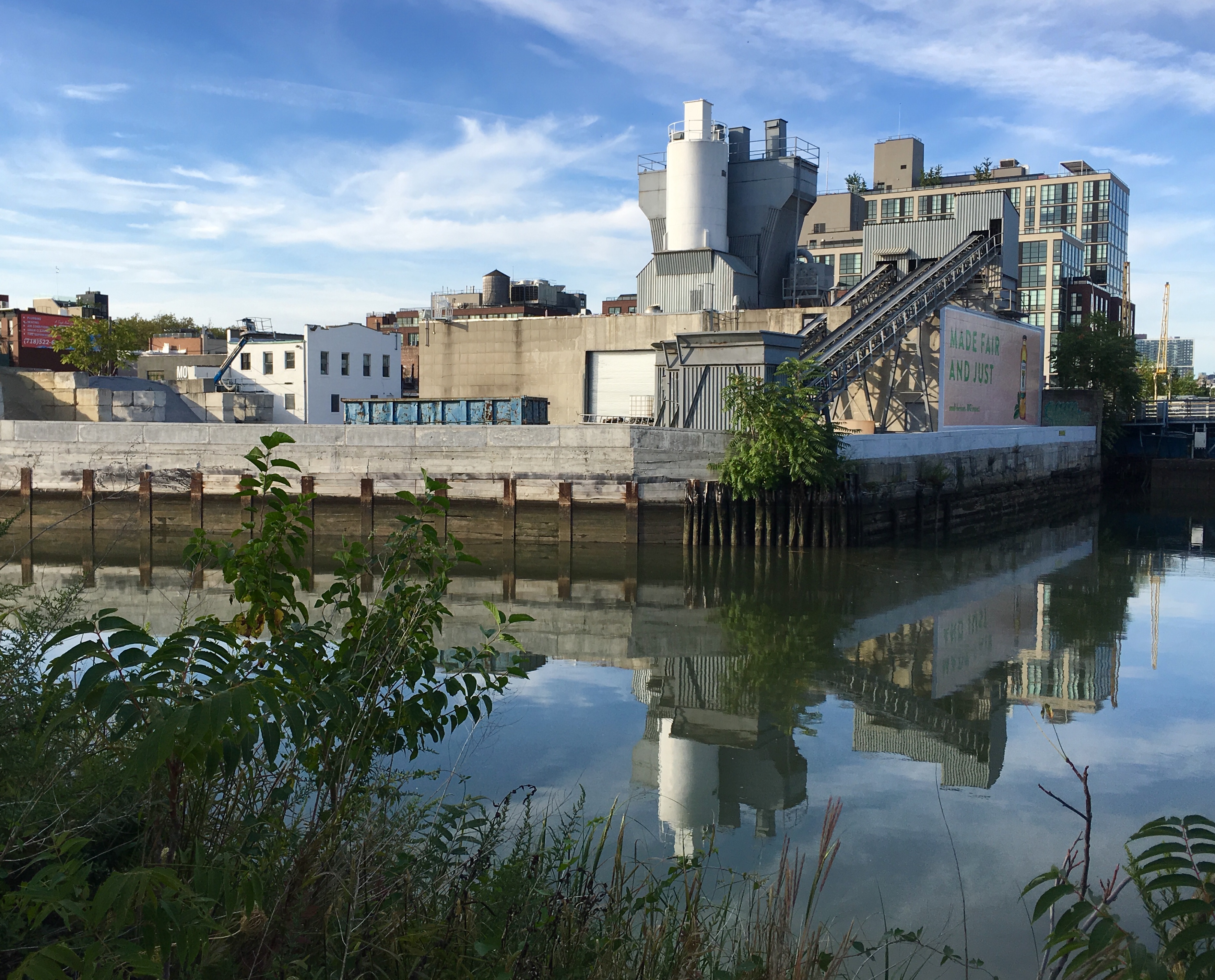
To the right, past the Third Street Bridge, there’s a building covered in black construction netting. At this moment, it might not look like something special, but the Batcave is under there.
In this century-plus-old landmarking candidate at 153 Second St., squatters lived and artists drew graffiti murals and party people had fabled festivities.
Current owner Joshua Rechnitz is renovating it and turning it into a studio building called Powerhouse Arts.
Its formal name is the Brooklyn Rapid Transit Central Power Station Engine House. It was an electrical generation plant for the borough’s railroad and street-car lines, an LPC research report says.

The fifth designation candidate was on the Gowanus Landmarking Coalition’s wish list as the Norge Sailmakers Building at 170 Second Ave.
You find it by turning around from the dead end and walking down to the corner of 13th Street.
The Landmarks Preservation Commission calls this property the Montauk Paint Manufacturing Company Building, which was its original occupant’s name. The red-brick, American Round Arch-style building was constructed in 1908.
Follow reporter Lore Croghan on Twitter.
Leave a Comment
Leave a Comment





